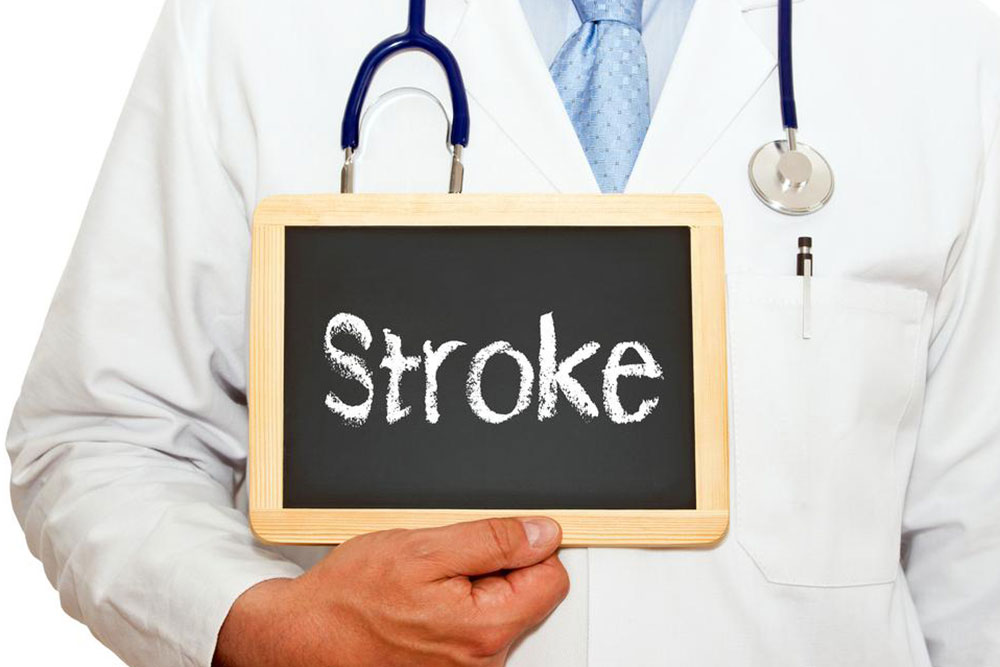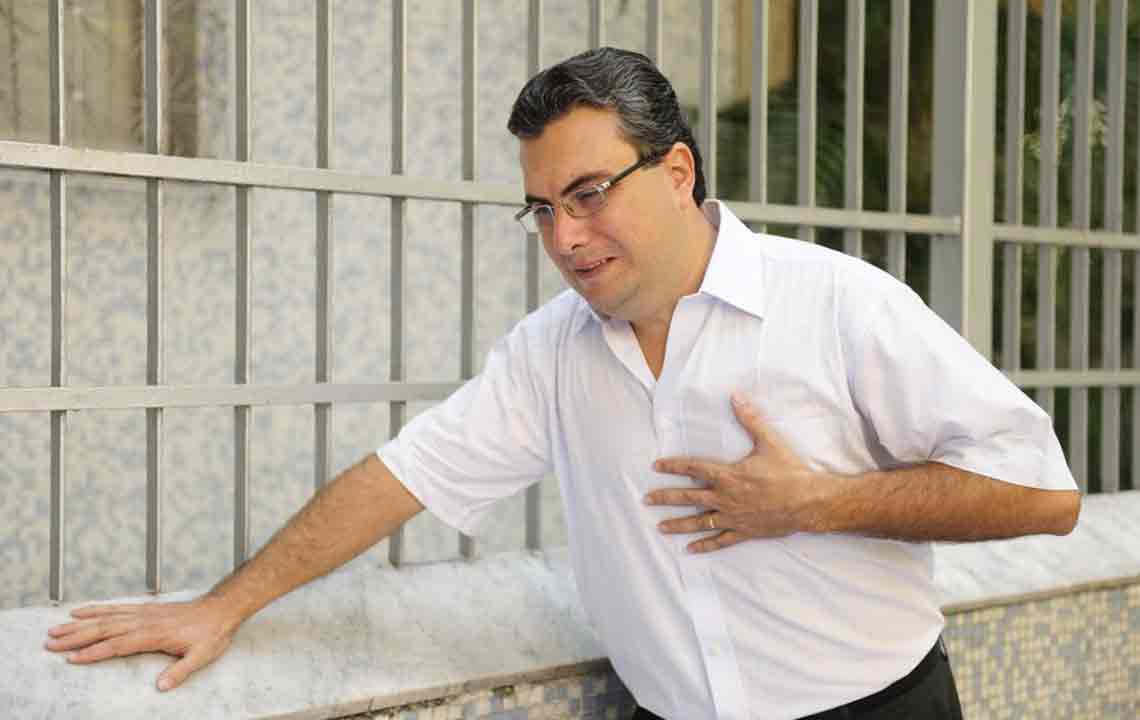Comprehensive Guide to Managing Atrial Fibrillation
Atrial fibrillation (AFib) is a common heart rhythm disorder that can cause serious health issues like stroke. This comprehensive guide covers symptoms, diagnosis, and treatment options—including medications, surgical procedures, and lifestyle changes. Early detection and personalized treatment are vital for managing AFib effectively and reducing risks. Always seek professional medical advice for accurate diagnosis and tailored care to ensure optimal heart health.

Understanding Atrial Fibrillation and Its Treatment Options
Atrial fibrillation (AFib) is a condition characterized by rapid and irregular heartbeats. It increases the risk of stroke, blood clots, and heart failure. This condition arises when electrical signals in the heart's upper chambers, the atria, become erratic. An estimated 2.7 million people in the country are affected by AFib, yet many remain unaware. Recognizing symptoms and seeking proper treatment are essential to prevent serious complications. Early intervention can significantly improve quality of life and health outcomes.
Symptoms may be subtle or absent; sometimes, the condition is only detected during routine checkups.
Common signs include:
Irregular heartbeats
Shortness of breath
Weakness or fatigue
Chest discomfort
Confusion
Lack of energy during activity
Dizziness
Approaches to treating atrial fibrillation vary based on:
The duration since onset
Underlying causes
Severity of symptoms
The main goals are to prevent blood clots, control heart rate, and reduce stroke risk. Treatment options include medications, surgical interventions, or minimally invasive procedures.
Medications
These help manage the condition by preventing clot formation and regulating heart function. Common drugs include blood thinners like warfarin, rivaroxaban, dabigatran, apixaban, and edoxaban, as well as rate-controlling agents such as atenolol and metoprolol. Rhythm stabilizers like amiodarone and flecainide may also be prescribed.
Surgical Options
Procedures may involve pacemakers or maze surgeries, depending on the arrhythmia's origin and severity. Ablation techniques, less invasive and performed in hospitals, use catheters inserted through blood vessels to target abnormal tissue.Non-invasive Treatments
Electrical cardioversion, radiofrequency ablation, and catheter ablation are common options, offering safer, outpatient solutions.Lifestyle Modifications
Adopting a heart-healthy lifestyle—regular exercise, avoiding smoking, maintaining a healthy weight, and managing stress—can help improve overall heart health.Effective atrial fibrillation management emphasizes early diagnosis and tailored treatment strategies. Consulting healthcare professionals is crucial for personalized care.










